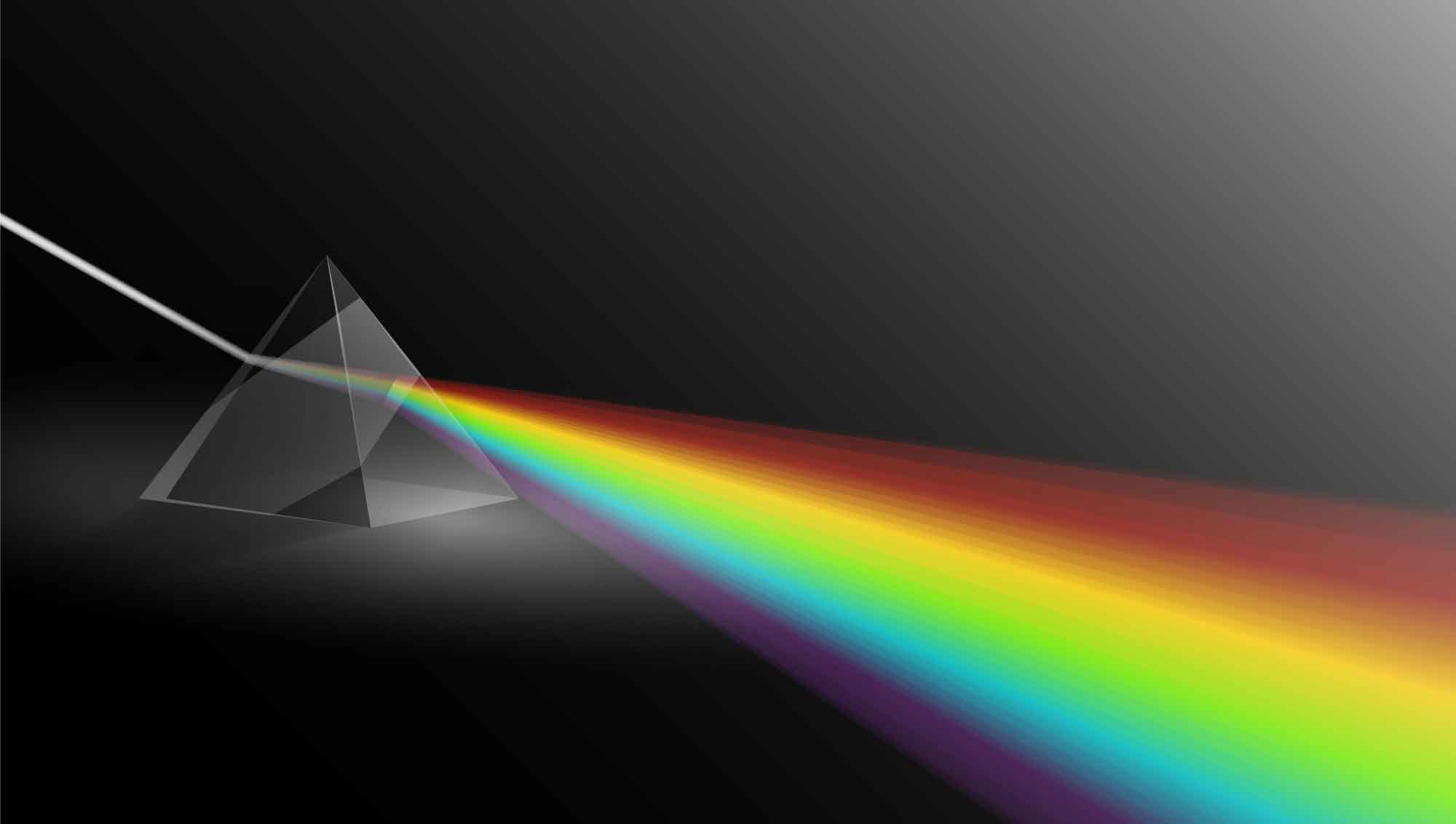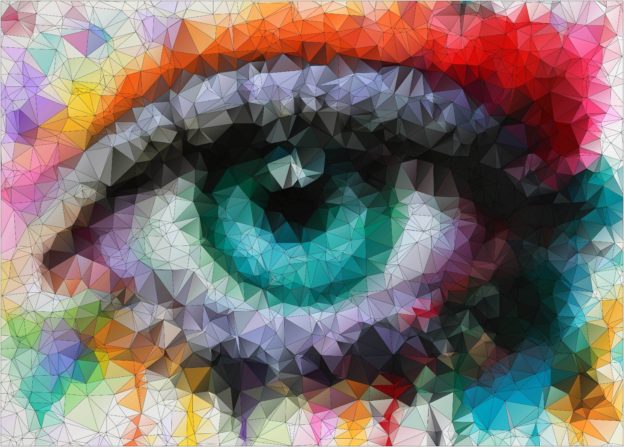Our perception of a painting depends on the interactions between light and the layers of paint. In this course, we discuss the behavior of light in terms of reflection, refraction, and absorption. These optical interactions determine, to a great degree, how we interpret a painting.
The interaction of light with the surface of a painting allows us to sense the texture, paint thickness, and transparency or opacity of the paint film. Light does more than interact with the paint surface. Paint films reflect, absorb, and transmit light. Light penetrates the paint film where pigments, binders, varnishes, and other paint components make colors visible.
In The Jewish Bride, Rembrandt reinforced the special illusory effects in the man’s golden sleeve by using thin glazes of color applied over heavy impastos, allowing the light to penetrate the paint film. We can describe the effects of transparency and opacity in paintings by the behavior of light in terms of reflection, refraction, and absorption.
Studio Tips are courses focused on how-to and provide practical tips to help you overcome common issues among artists. Buy this course now to access its content. After enrolling in this course, you have immediate access.
Course Content




